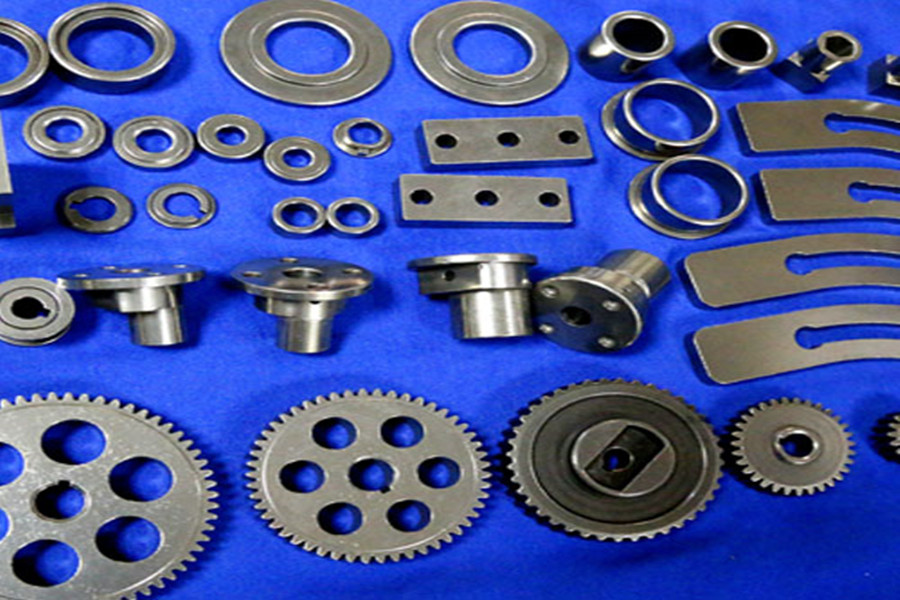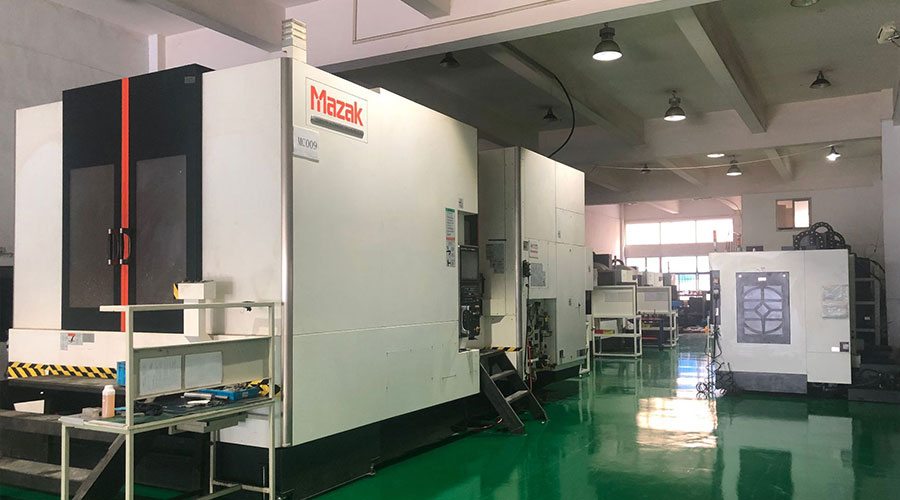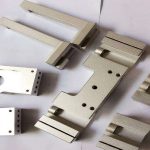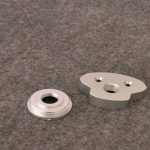The metal organic framework (MOF) is composed of metal ions periodically surrounded by organic bridging molecules. These hybrid crystal frameworks have a cage-like hollow structure.
This unique structure provides great potential for a wide range of applications in the fields of energy storage, chemical conversion, optoelectronics, chemical retardation sensing and (photoelectric) electrocatalysis.

MOF came out in the early 2000s and is a very good nanomaterial. Although many applications utilize MOF, little is known about the mode of action of oxygen in the synthesis of MOF.
Chemists from the Center for Multidimensional Carbon Materials (CMCM) at the Institute of Basic Science (IBS) at Ulsan National Institute of Science and Technology (IBIST), under the leadership of Director Rodney S. Ruoff and senior chemist Dr. Yi Jiang, and UNIST and Sungkyunkwan Colleagues at the University (SKKU) have determined how oxygen affects the synthesis of the new MOF; 1,3,5-triamino-2,4,6-benzotriol metal organic framework [Cu 3 (TABTO) 2-MOF] .
Their findings were published in the latest article in the Journal of the American Chemical Society (“Synthesis of copper 1,3,5-triamino-2,4,6-benzenetriol metal-organic framework”).
Figure 1 The structure of Cu 3 (TABTO) 2-MOF (carbon, nitrogen, oxygen, hydrogen and copper atoms are gray, blue, red, white and purple, respectively).
“Since organic redox-active ligands are usually sensitive to oxygen, the presence of oxygen is disadvantageous in many organic reactions. However, oxygen may help the synthesis of some MOFs based on redox-active ligands, but many chemists Didn’t realize this.” Dr. Yi Jiang, the lead author of the study pointed out. The researchers synthesized a 2D conjugated MX 2 Y 2 type (M = metal, X, Y = N, S, O and X! = Y) based on redox active ligands Cu 3 (TABTO) 2-MOF, 3, 5-triamino-2,4,6-benzenetriol).
By comparing the experimental results in air and inert gas (argon), the role of oxygen in the MOF synthesis is determined: pure copper 3 (TABTO) 2 -MOF is produced in the presence of oxygen, while Cu 3 (TABTO) 2- MOF is formed together with copper metal if oxygen is absent.
Dr. Jiang added: “Our research shows that oxygen prevents these ligands from reducing Cu (I and II) ions to Cu metal, thereby promoting the synthesis of pure MOF.”
They also revealed that Cu 3 (TABTO) 2-MOF becomes conductive after being chemically oxidized by iodine due to the formation of CuI and carriers. It was originally an insulator with almost no conductivity.
The conductivity of Cu 3 (TABTO) 2-MOF particles synthesized in the air by doping with iodine produces 0.78 siemens per centimeter. Further experiments and analysis found the metallic properties of the material.
The structure was modeled through detailed density functional theory (DFT) calculations. The researchers also used X-ray diffraction, diffuse reflection UV-vis, X-ray photoelectron, electron paramagnetic resonance, and Raman spectroscopy to model the structure of the 2D MOF. Experimental Study.
“Our work contributes to a basic understanding of the role of oxygen in the synthesis of MOF based on redox active ligands, and should stimulate the community to pay more attention to the role of oxygen in the synthesis of MOF based on redox active ligands. Role,” said Director Rodney S. Ruoff, the corresponding author of the study. Dr. Jiang further explained: “Most of the work in this field has focused on the synthesis of MX4 type (M = metal, X = N, O or S) MOF based on redox active ligands. Non-MX4 type new conductive MOF The synthesis of Cu 3 (TABTO) 2-MOF is both challenging and meaningful. Both freshly synthesized and iodine-doped Cu 3 (TABTO) 2-MOF may be useful in catalysis and energy-related applications.”
The collaborators of UNIST and SKKU measured the physical properties and theoretically modeled the new MOF. Professor YOO Jung-Woo and Professor OH Inseon of his UNIST Department of Materials Science and Engineering studied the conductivity of Cu 3 (TABTO) 2-MOF induced by iodine doping.
Professor Huang Rongxi from the Department of Physics of Sungkyunkwan University and his postdoctoral researcher Dr. Xu Yucheng also discussed the metallic properties of this iodine-doped material. Professor KWAK Sang Kyu and his UNIST School of Energy and Chemical Engineering student JOO Se Hun modeled the structure through detailed DFT calculations.
Link to this article: Oxygen can help synthesize metal organic framework
Reprint Statement: If there are no special instructions, all articles on this site are original. Please indicate the source for reprinting:https://www.cncmachiningptj.com/,thanks!
 PTJ® provides a full range of Custom Precision cnc machining china services.ISO 9001:2015 &AS-9100 certified. Large scale machining Manufacturer of medical bags, providing 3D design, prototype and global delivery services. Also offering hard cases, semi-hard EVA, soft-sewn cases, pouches and more for OEMs. All cases are made custom according to specifications with infinite combinations of materials, molds, pockets, loops, zippers, handles, logos and accessories. Shockproof, water-resistant and eco-friendly options. Medical parts, emergency response, Electronic parts, corporate, education, military, security, sports, outdoors and construction industries. Services include case concept consultation, 3D design, prototyping,rototyping,CNC Drilling Services and manufacturing.Tell us a little about your project’s budget and expected delivery time. We will strategize with you to provide the most cost-effective services to help you reach your target,You are welcome to contact us directly ( [email protected] ) .
PTJ® provides a full range of Custom Precision cnc machining china services.ISO 9001:2015 &AS-9100 certified. Large scale machining Manufacturer of medical bags, providing 3D design, prototype and global delivery services. Also offering hard cases, semi-hard EVA, soft-sewn cases, pouches and more for OEMs. All cases are made custom according to specifications with infinite combinations of materials, molds, pockets, loops, zippers, handles, logos and accessories. Shockproof, water-resistant and eco-friendly options. Medical parts, emergency response, Electronic parts, corporate, education, military, security, sports, outdoors and construction industries. Services include case concept consultation, 3D design, prototyping,rototyping,CNC Drilling Services and manufacturing.Tell us a little about your project’s budget and expected delivery time. We will strategize with you to provide the most cost-effective services to help you reach your target,You are welcome to contact us directly ( [email protected] ) .
Link to this article:Oxygen can help synthesize metal organic framework
Reprint Statement: If there are no special instructions, all articles on this site are original. Please indicate the source for reprinting:Tungusten,Thanks!^^








